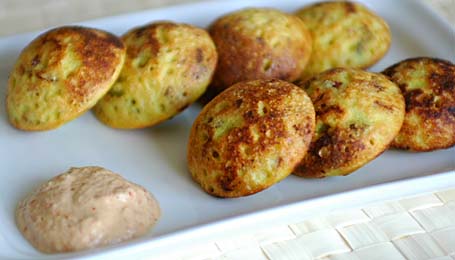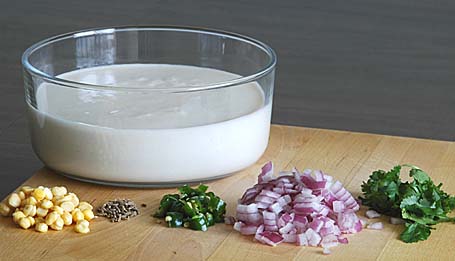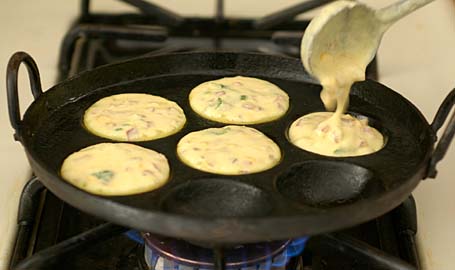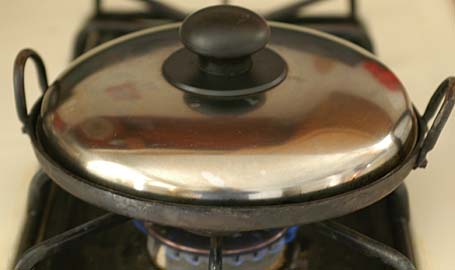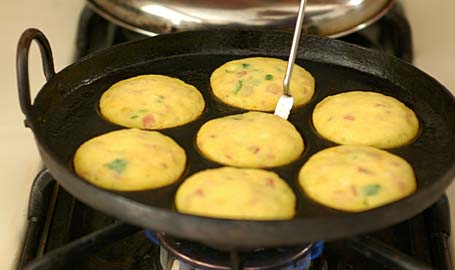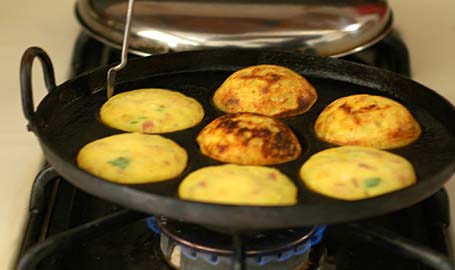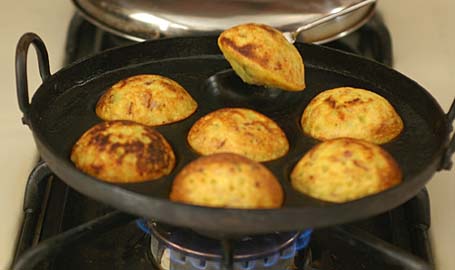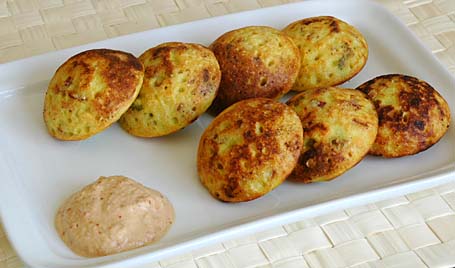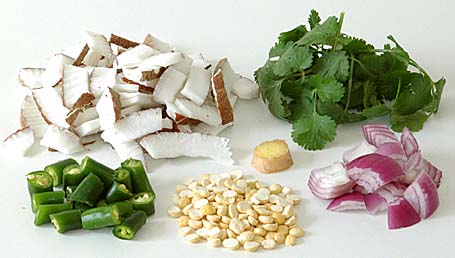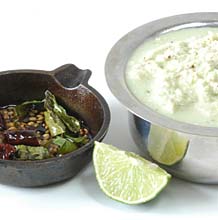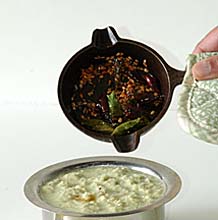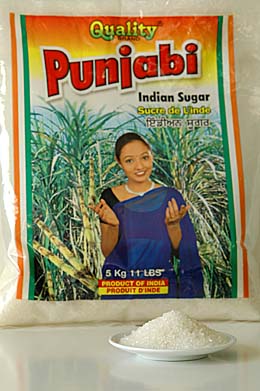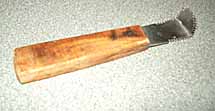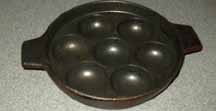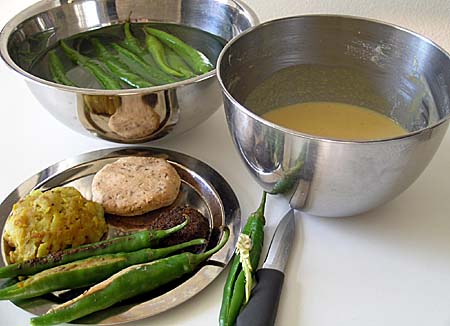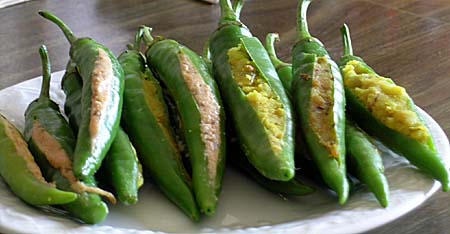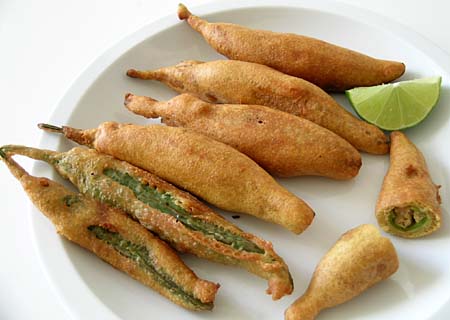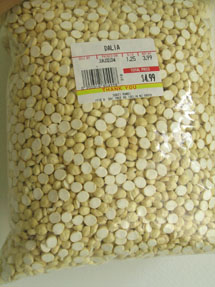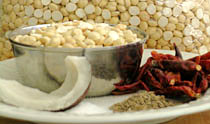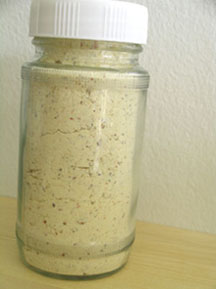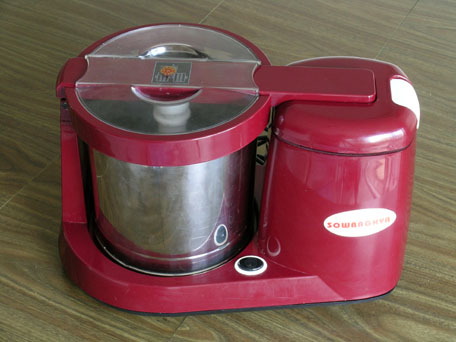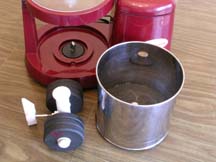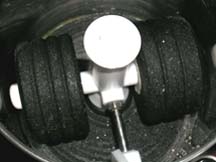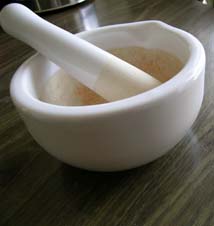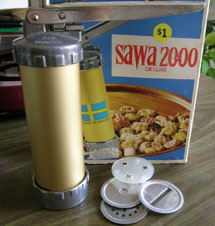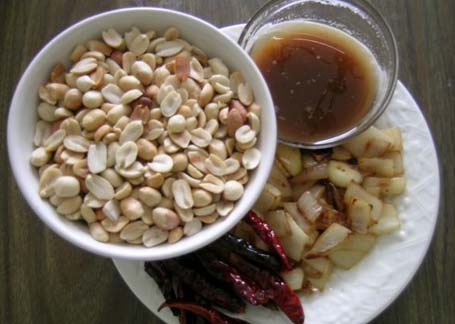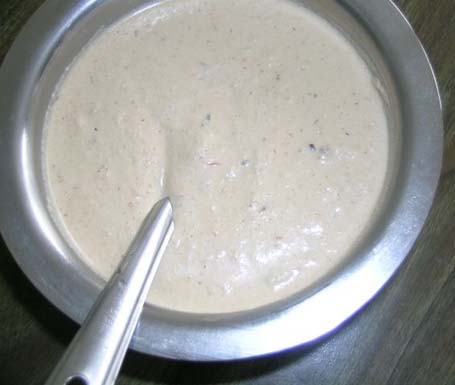Yay… spring has definitely sprung here! Plenty of sunshine days have arrived finally. Even the yeast is ready for some action. When I mixed a packet of yeast with warm water, zoom… it rose to the sky as if it was trying to kiss the sunshine. See.
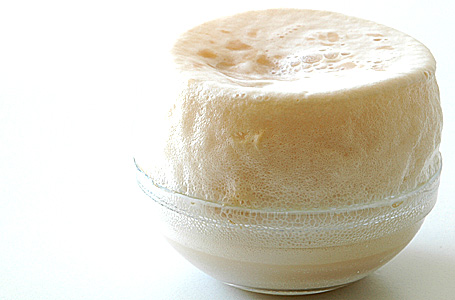
Recipes that need good fermentation like preparing bread, idlies, dosas and yogurt, are going to be easy from now on. Last weekend, I tried a recipe for sesame buns from my recipe book. I used to note down the western bread and cake recipes that caught my fancy in a notebook. That was before I knew about the foodblogs. I wasn’t even aware of copyrights etc., at that time, so I’m not sure where I got this recipe from, but definitely from a cookbook, or might be from TV. I am not sure. Whatever the origin, I am very fond of this recipe. Adding a bundle of sesame, gives the bread that nutty taste I like and the buns are great with soups, salads or for homemade simple sandwiches.
Recipe:
(Makes about 8 to 10 medium sized buns)
3 cups whole-wheat flour
1 cup sesame seeds
1 cup quick oats
½ cup watermelon seeds (My addition)
1 tsp of salt and honey to your taste or ½ cup
Warm milk or water for mixing the dough into a ball
Yeast:
¼ ounce packet of active, dry ‘quick rise’ yeast or 2 tsp
Take 2 tablespoons of water in a cup, stir in a pinch of sugar. Pour the contents of yeast packet and stir. Keep it in a warm place and wait for it to turn bubbly, usually 5 to 10 minutes.
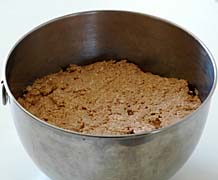
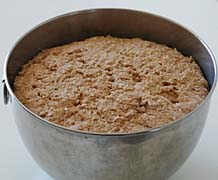
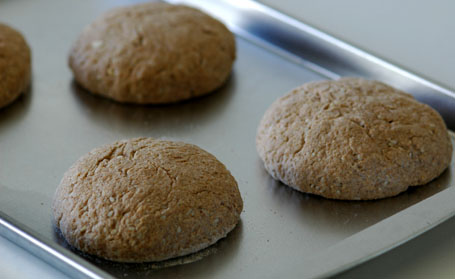
Method: Take all the above ingredients in a big bowl and mix them thoroughly. Knead the dough for at least 5 to 10 minutes. Cover and let it rise. Takes about at least one hour. I’ve kept it for about 3 hours.
Take the dough out and on a clean board, sprinkle in some flour, and deflate and knead the dough again. Do it for at least 2 to 5 minutes. Divide the dough into small balls, shape them into buns. Place them on a greased baking pan; leave space for them to expand. Wait for another 30 minutes for them to rise.
While the shaped buns are rising, preheat the oven to 350 F. Place the baking pans with buns in the oven and bake at 350 F for about 30 minutes or until golden brown. Remove and let cool.
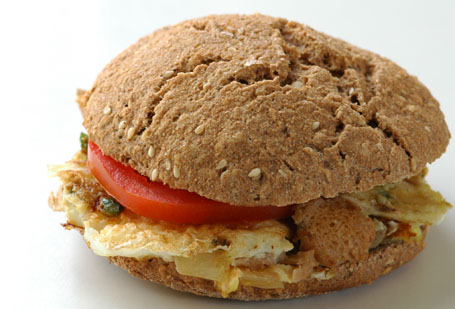
Sesame bun and dried soya chunks-eggs omelet sandwich.
